Situated close to the mouth of the Sumida River is one of Tokyo’s special historic sites, and recognized as a place of scenic beauty, the Hamarikyu Gardens.
The traditional Japanese landscape garden was originally part of a villa owned by the family of the 17th Century Tokugawa Shogun clan. The current garden was also the site of the nation’s first official guesthouse, the Enryokan, Japan’s first western-styled building constructed of stone.
Built-in May of 1869, it was used until 1883 and destroyed in 1889. This guesthouse was used by American President Ulysses S. Grant and his wife during their two-month-long Japan stay in 1879, and two years later by King Kalakaua of Hawaii amongst many other visiting dignitaries
The entranceway is an interesting mixture of east and west, with stone ishigaki, traditional castle stone walls with yagura watch towers bases, and western-styled stone gateways in between. Surrounded by defenses, the villa and gardens also acted as a support base for Edo Castle. In the old days, part of the villa grounds were set aside for falconry, a sport reserved for the privileged classes. Even today on special occasions, displays of falconry are staged within the grounds of this expansive garden.
The eighth shogun, Tokugawa Yoshimune, first visited the villa in 1716. In 1727, 11 years after he became shogun, he sowed sugarcane seeds imported from Satsuma at Hama Rikyu. After several failures, he succeeded in growing and refining brown sugar in 1729. This was the first domestically produced sugar known as Wa-sanbon.
Hamarikyu Gardens
The park itself is about 250,000 m2 of exquisite traditional landscaping surrounded by castle-like stone walls and a protective seawater moat fed by the tidal waters of Tokyo Bay.
The center-piece of the Hamarikyu Garden is the Shioiri Pond, a large calming tidal waterway with the Nakajima Ochaya Tea Room located on a small island in the middle and linked by low, wooden bridges.
For an extra cost the tea room offers visitors a simple tea ceremony with a bowl of hot, thick green matcha tea and a traditional Japanese wagashi sweet.
A 300-year-old spreading pine tree, said to be the largest in Tokyo and dating back to the times of the sixth Shogun, Tokugawa Ienobu, can still be seen amongst a grove of plum trees, a peony garden, and other seasonal flower gardens.
A walk around the gardens will reveal the duck hunting walls, the docks for the Shogun’s private ship, further lakes and ponds, interspersed with traditional raked sand gardens, stone lanterns and all manner of traditional garden architecture.
While the gardens provide an air of peace and tranquility, the surrounding skyscrapers towering over the ancient grounds create an interesting juxtaposition of old and new, traditional and modern, calm and excitable. The scenes within the garden also change with the seasons, making it a year-round attraction that can be enjoyed time and again.
Access is via the main Entrance, serviced by Tsukijishoji Station on the Toei Oedo Line, or Shiodome via the Yurikamome line. The closest subway to the Middle Entrance is the Shiodome Station on the Oedo Line. The 35-minute Tokyo Mizube and Tokyo Cruise Ships Water Bus services from Asakusa arrive at and depart from the park and water bus tickets include park admission.
Oh, and it was also the home to an elephant, who had been made a lord.
The Shogun’s Elephant
When Yoshimune heard about elephants, he showed great interest, and after negotiations, two elephants, a male and a female, were transported from Vietnam, which arrived in Nagasaki on June 13, 1728. However, soon after arriving in Nagasaki, the female elephant died, so the male elephant, accompanied by two Vietnamese handlers and two Chinese interpreters, and attended by a retinue of samurai made the long walk from Nagasaki to Edo, departing on March 13, 1729. Nagasaki to Edo (Tokyo) is around 1,326 kilometres. At the time, there was no way to transport large objects, so the elephant — and its entourage — walked the distance in about two and a half months, arriving at Edo Castle on May 25th.
Of course, people living along the route had never seen an elephant before, and it’s not difficult to imagine their surprise at the elephant's size and shape, and that great crowds formed along the roads. Elephant-like creatures called bagu can often be seen on temple architecture and occasionally in Buddhist art. Bagu are supposed to eat metal, such as weapons, thus encouraging peace. They are also said to eat dreams.
On the way, they passed through the ancient capital of Kyoto, where the elephant had an audience with Emperor Nakamikado. An official court rank of at least fifth rank or higher was required for one to have an audience with the emperor, and so on the 28th day of the 8th month in 1727, the elephant was quickly made a lord and given the rank of Junior Fourth Rank, a position that even an average feudal lord could not hope to attain, and the great beast was then given an audience with the emperor. Emperor Nakamikado was so thrilled to see the elephant, he composed a waka poem expressing his joy.
After Yoshimune saw the elephant at Edo Castle, it was decided that it would be kept at Hama Rikyu, where it lived for a few years. In fact The curious Yoshimune imported a wide variety of animals, including ostriches, cassowaries, civets, peacocks, hunting dogs and over 30 Western horses.
Elephants are huge! They need a lot of food. It is said that the cost of catering to the shogun’s pet was 130 Ryo a year. About the time the elephants arrived, the Kyoho Reforms were well underway. The Kyoho reforms were strict national economic and cultural policies introduced by Shogun Yoshimune between 1722–1730 suggesting (read, “enforcing”) that a frugal lifestyle be adopted. This was basically called for to improve the shogunate’s financial, political and social status. Shogun Yoshimune himself was seen taking the lead in being frugal, wearing cotton clothing, so this extra expense of owning an elephant was becoming a headache for him.
One story tells that as wages were trimmed, the elephant’s keeper cut back the elephant's food and skimmed the food expenses. The elephant became angry and wrapped his trunk around the keeper killing him. A scribe at the time of this incident wrote that, "Elephants are sacred animals that set right and wrong," and reported the story.
After much deliberation, Shogun Yoshimune decided to sell the elephant and called for potential buyers.
The three men who applied were one Gensuke from Nakano Village (present-day Nakano Ward, Tokyo), Heiemon from Oshitate Village (present-day Oshitate, Fuchu City), and Yabei from Kashiwagi Village (present-day Shinjuku Ward, Tokyo).
Gensuke was entrusted with the elephant, and learned that elephant dung was called zohora in traditional Chinese medicine and was said to be effective against various symptoms of smallpox and measles. As such, he immediately came up with a plan to collect, develop and sell it as a medicine. They manufactured zohora into pills in a blackened form, and powders that were a medicine to be taken with hot water, and sold it with the permission of the highly respected machi bugyo, magistrate Ooka Echizen no Kami Tadasuke (stories on his life later became a popular long running TV series between 1970 and 1999) . It was a rare medicine that had not been available in Japan until then, and because it had the Shogunate's approval, it is said to have become very popular, regardless of its effectiveness.
The Shogun’s elephant started an elephant craze in Edo period Japan, with elephant woodblock prints, paintings, figurines and even a huge paper mache elephant being included in a certain festival parade.
In December 1742 , the elephant died of illness at the age of 21. Its’ remains, tusks and bones were kept at the Hosen-ji Temple in Nakano (now Tokyo’s Chuo 2-chome, Nakano Ward). Unfortunately, the temple and the bones were damaged during the air raids of the Pacific War. The remaining elephant-related materials are on display at the Nakano Ward History and Folklore Museum.
The story of the Shogun’s Lord Elephant is a little known, but surprising part of samurai history.




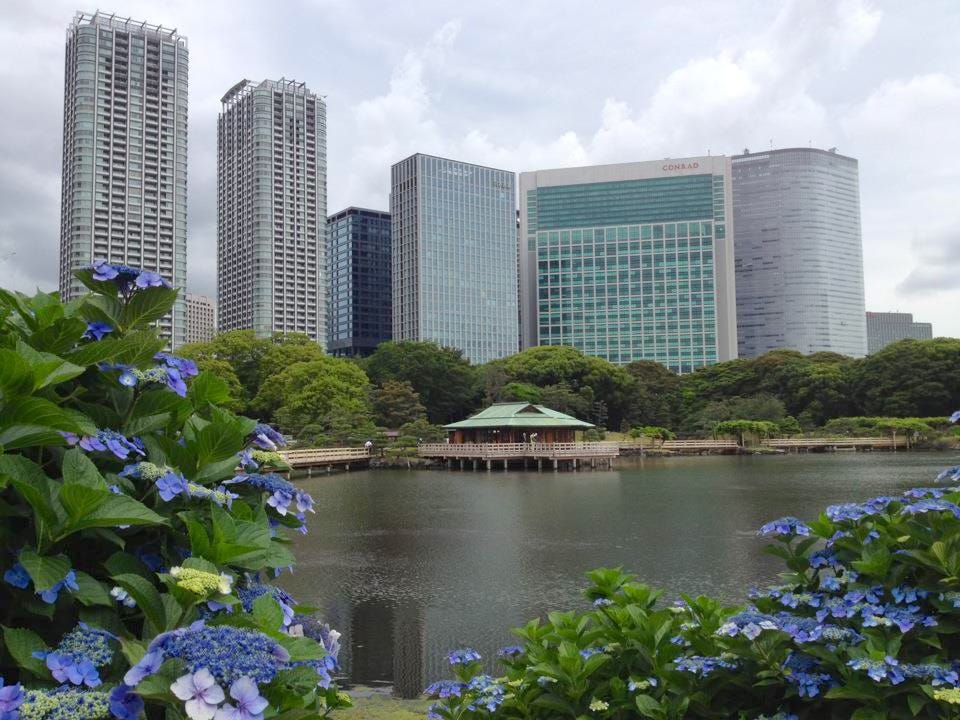
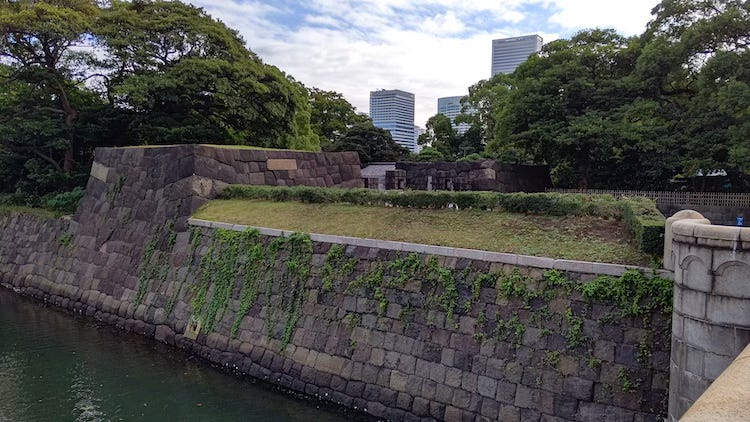
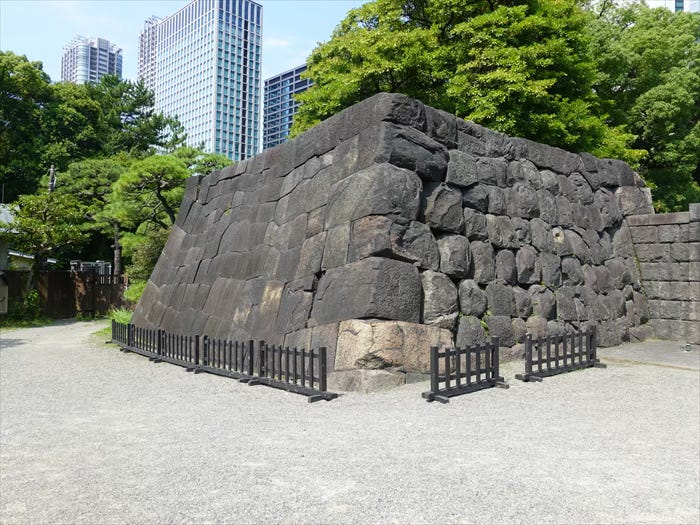
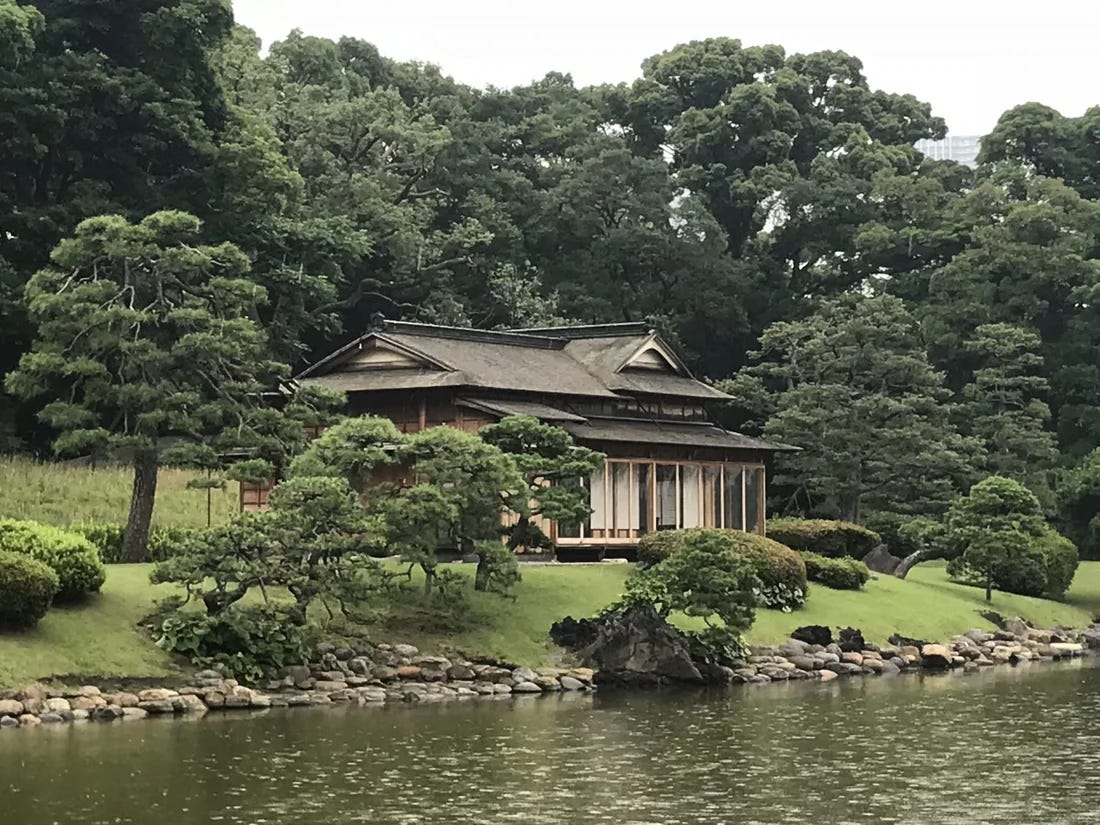
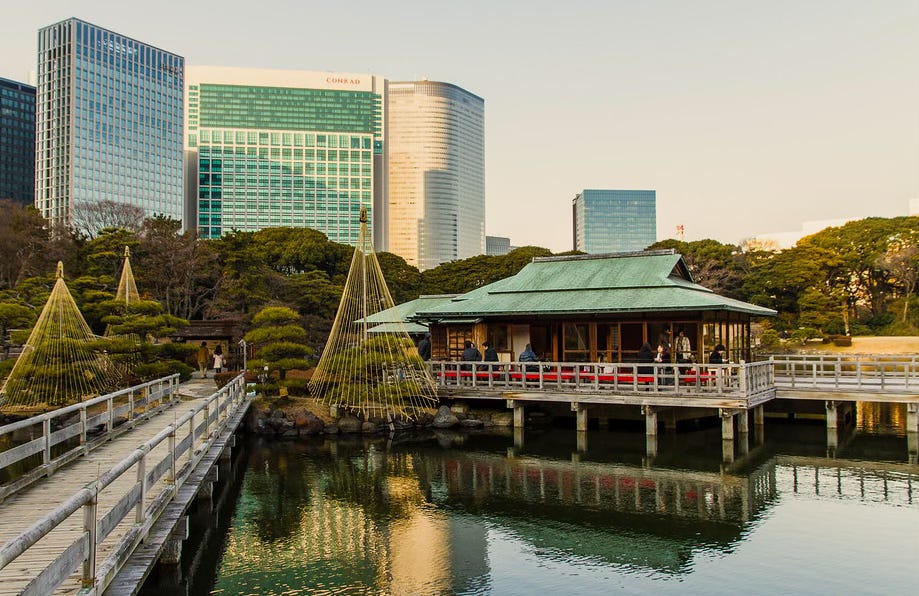
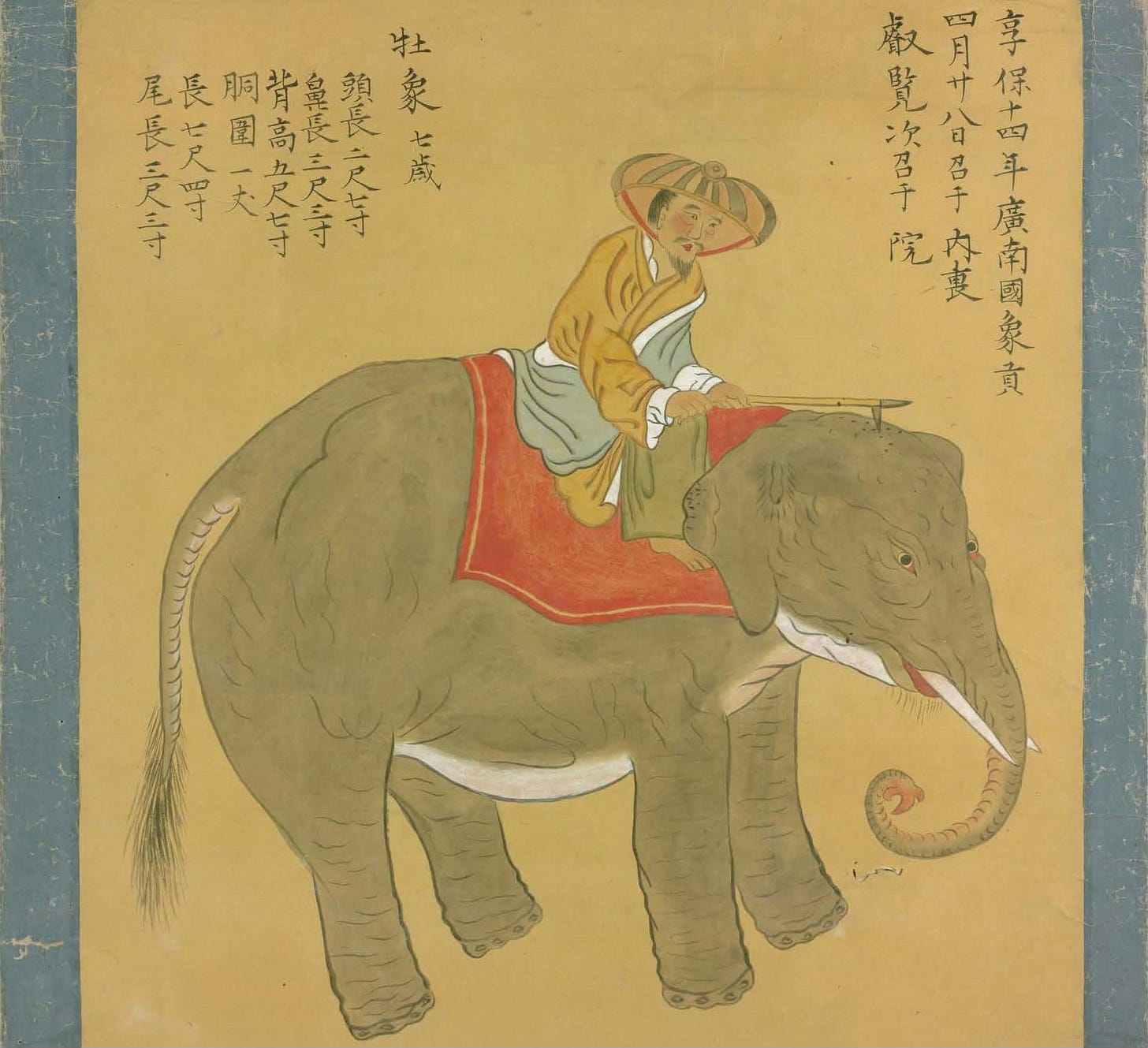
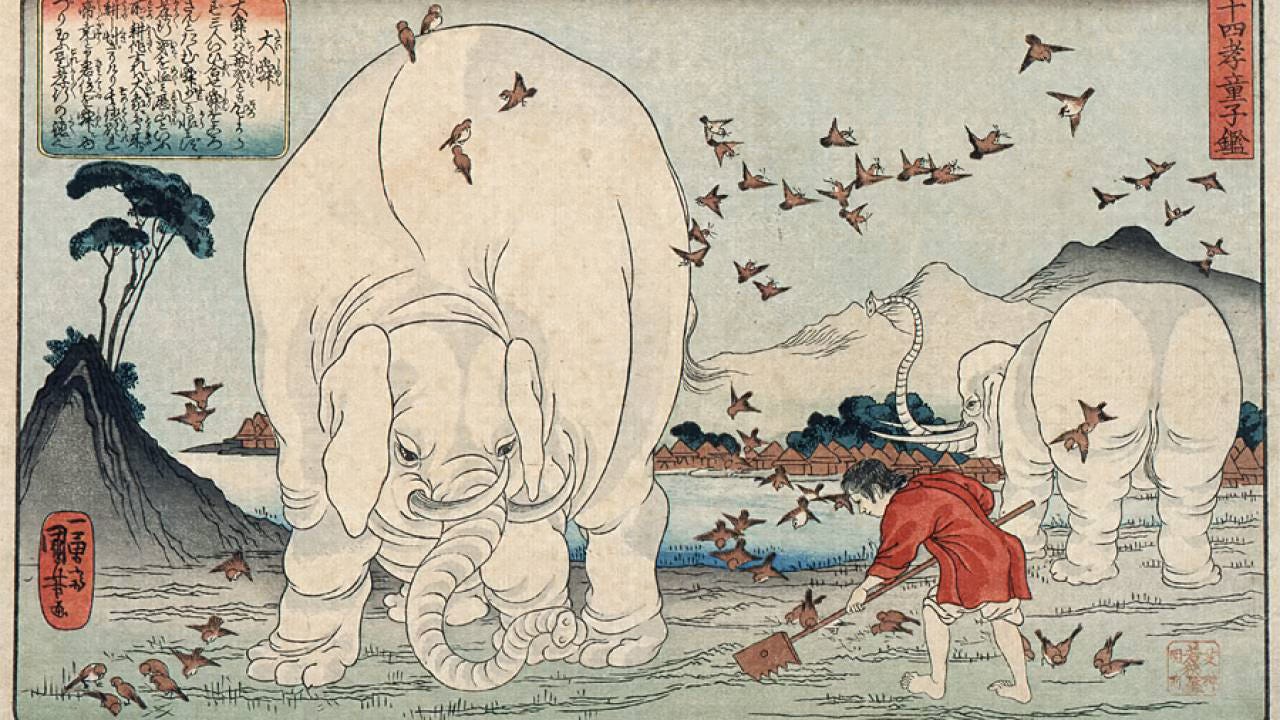
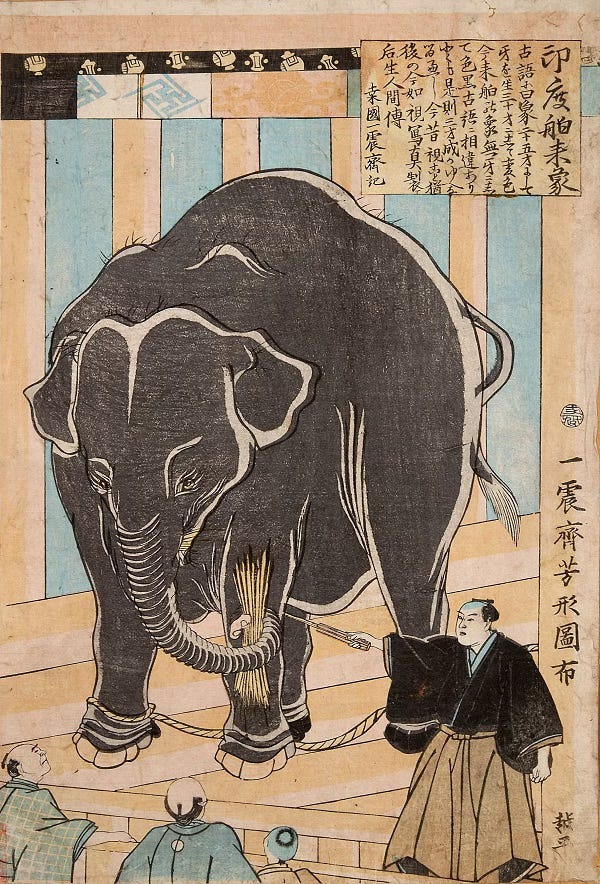
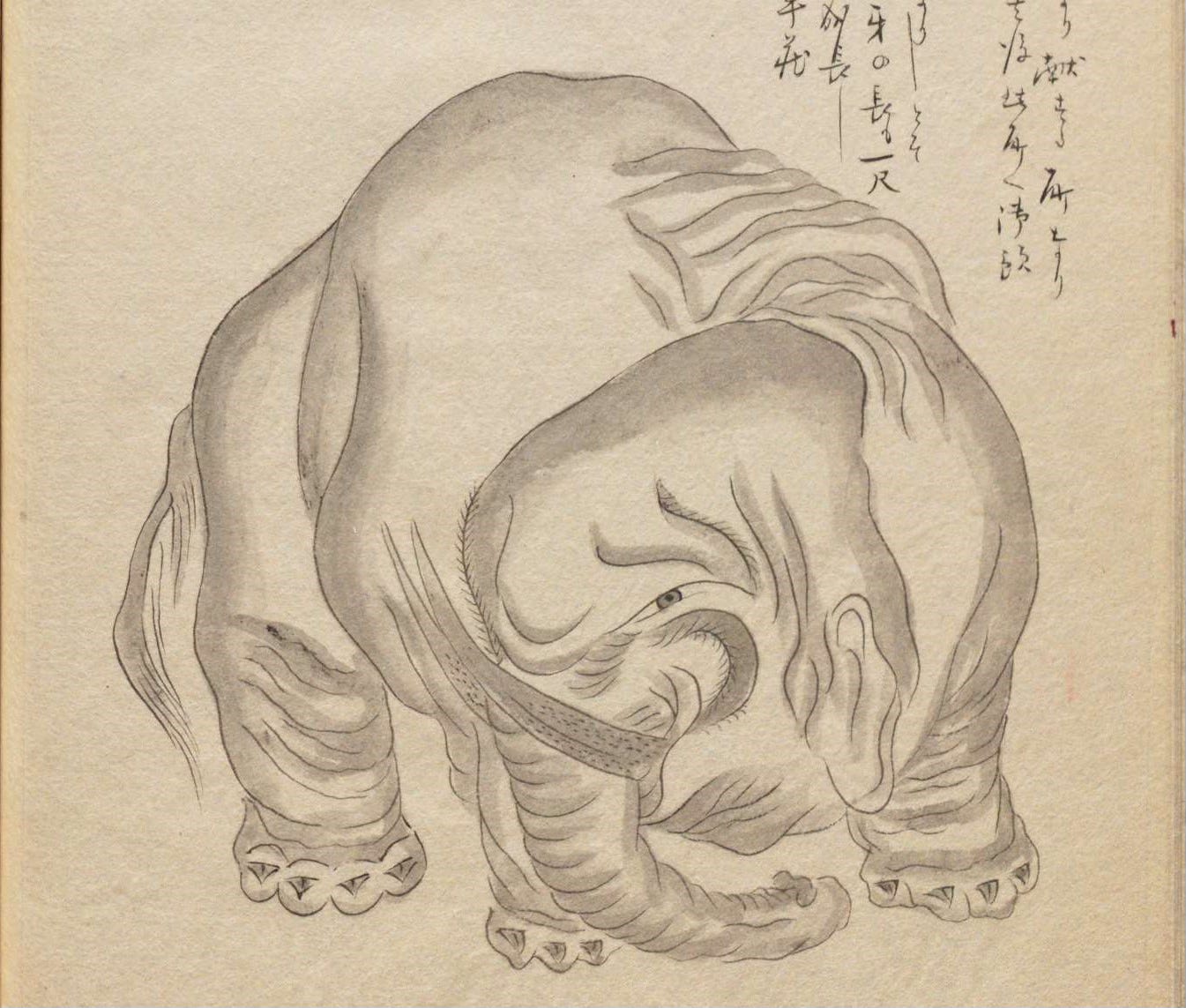
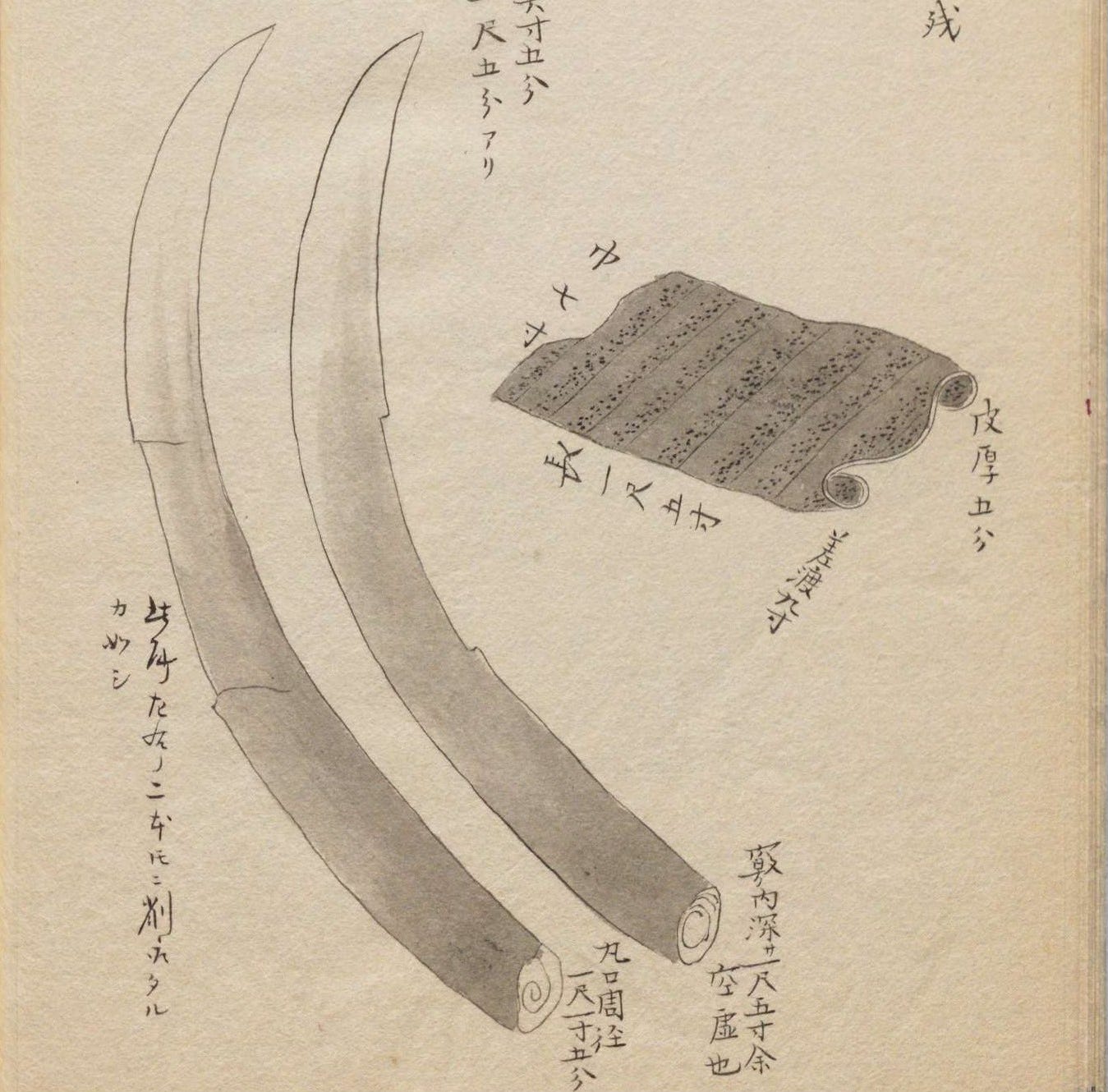
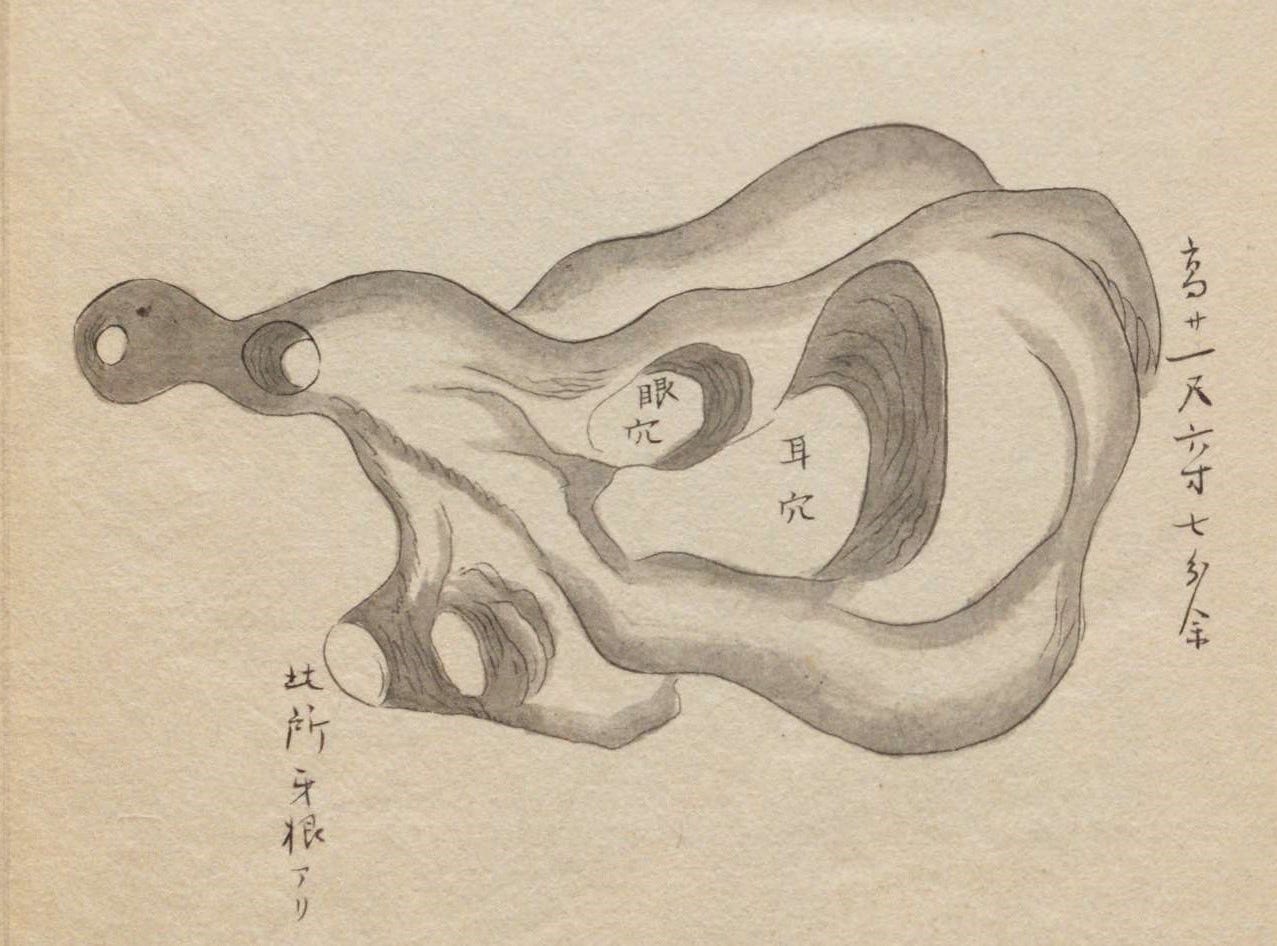
I didn’t realise the elephant had been made a lord, lol! In the post I did about the garden I said the elephant was there for 12 years. So that’s not correct? That info was from Wikipedia I think.
To the garden’s attractions could be added the three beautiful reconstructed teahouses, Taka-no-Ochaya, Tsubame-no-Ochaya and Matsu-no-Ochaya 🙂